Baptisteries of Italy
Before Christianity was approved under Constantine, baptism took
place where there was flowing water, such as waterfalls. When buildings
were allowed, a tradition developed in Italy that baptisteries should be
separate buildings, usually next to a cathedral. Baptisms in medieval
times only took place two or three times a year, and were performed by
the bishop, which explains their large size and location. Early
baptisteries were designed for total immersion, which explains the large
size of many of the fonts. Italian churches described as a ‘pieve’ also
undertook baptism, usually because the cathedral of the diocese was a
long distance away.
The shape of the baptistries reflects Roman mausoleums. Baptism,
like death, was seen as an important moment of transition. Many are
octagonal, which is said to refer to the eight days between the
crucifixion and Christ's appearance to the apostles: a symbol of resurrection.
An alternative and perhaps more convincing reading is that there were
six days of creation, and God rested on the seventh day. The eighth day
could refer to a new creation, a new beginning, a resurrection.
Click on the photographs to read about the baptisteries: more to
come! I have already written about the baptistery of Pisa and the two baptisteries in Ravenna: the
link takes you there.
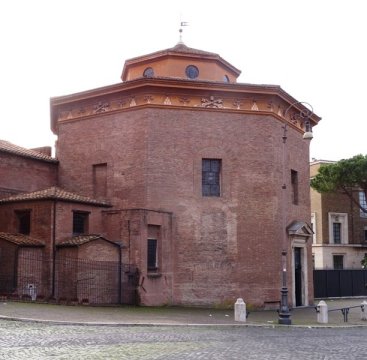
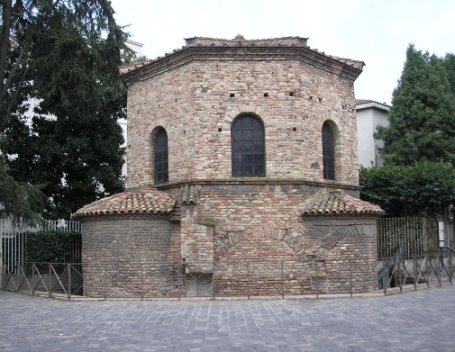
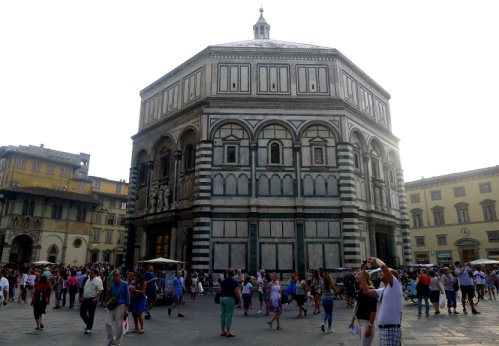
Florence Baptistery
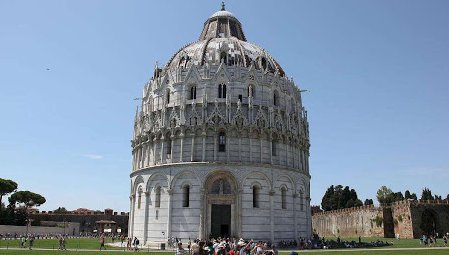
Pisa Baptistery
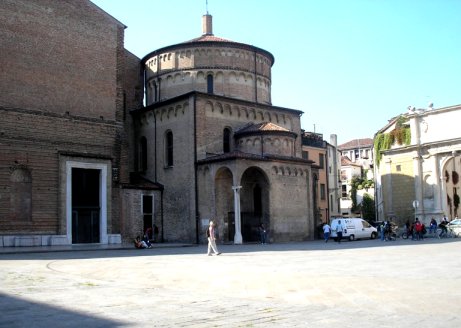
Padua Baptistery
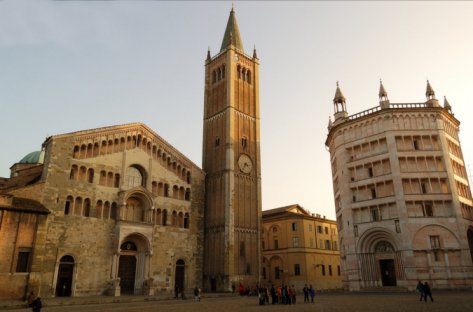
Parma Baptistery
Home page: explore the site